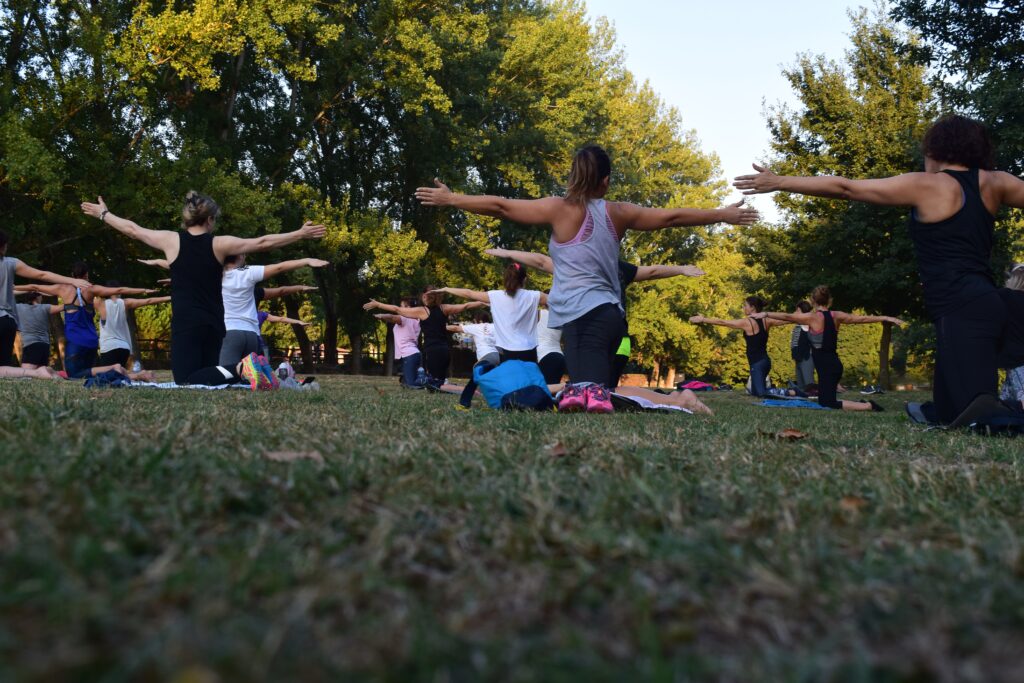Whenever we start something new we have a certain feeling of fear and uncertainty in the face of the unknown and in most cases it is completely unfounded and we get down to work very quickly and easily. Sometimes it isn’t and one simple little thing can make us have a totally negative first impression and we may not even want to try that activity or hobby ever again. Yoga has so many health benefits, both physically and spiritually, that it would be a tragedy if someone missed out on them because they made a silly and avoidable mistake on their first day. With that in mind, this article addresses the 3 most common mistakes made by new Yogis and how to make sure they don’t happen to you.
Mistake one: not knowing what you want from yoga.
The reality is that there are numerous different styles and forms of Yoga and each one has its different attractions. Ask yourself what attracted you to yoga in general and then you can research a style that is more specifically suited to that. You may want to set goals, whether they are physical, mental, or spiritual. If so, it’s a good idea to discuss them with your class instructor before you begin. Yoga instructors are often very approachable and happy to talk about their passion. They will be able to talk to you about your goals for the class and let you know if you are being realistic, aiming too high or too low. Make sure your goal includes a time frame so it becomes measurable.
Mistake two: Jump feet first.
Having decided that they will give this yoga thing a try, many people take a leap and launch into a 12-month class step by step. These classes are usually a pay-in-advance arrangement and progress from one level to the next as the weeks progress. They are a fantastic way to learn Yoga and become very good at it, but it is quite possible that you will choose a class that is not ideal for you.
The best way to avoid this is to join a beginner yoga class, also known as a walk-in class. If you take these classes for a few weeks, you will notice a high turnover of students as new people join and older people leave. These classes are designed to give you a very broad idea of the different types of Yoga. The level of the students in the class usually varies a lot, so you can expect the instructor to keep the classes fairly quiet. The other key benefit of doing this is that the classes are paid for as you go, so there isn’t a huge financial outlay for you while you decide on the type and style of yoga that works best for you. You are also not required to attend every class. With the longer courses, you can quickly fall behind if you miss a week or two in a row. With pay-as-you-go classes, you’ll find that while each class is different, the level is kept fairly low to cater for newer people joining.
Mistake three: choosing the wrong teacher.
Traditionally, a yogi had to be apprenticed under an expert guru for many years before being able to teach even the simplest yoga technique. Nowadays, some people consider a 3-day course over a long weekend to be enough. There is a big difference in what you will achieve depending on the skills and abilities of the person teaching you. Yoga is beginning to make a regular appearance on the list of sports injuries and a major reason for this is instructors who have been taught enough to be dangerous. A qualified teacher won’t necessarily be great and an unqualified teacher won’t necessarily be terrible, but the odds certainly point in that direction, so it’s a good idea to check the background and qualifications of your instructors before you start studying with them.

